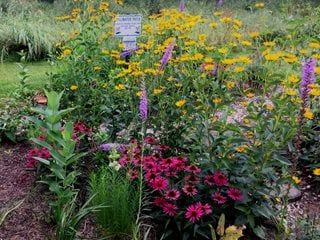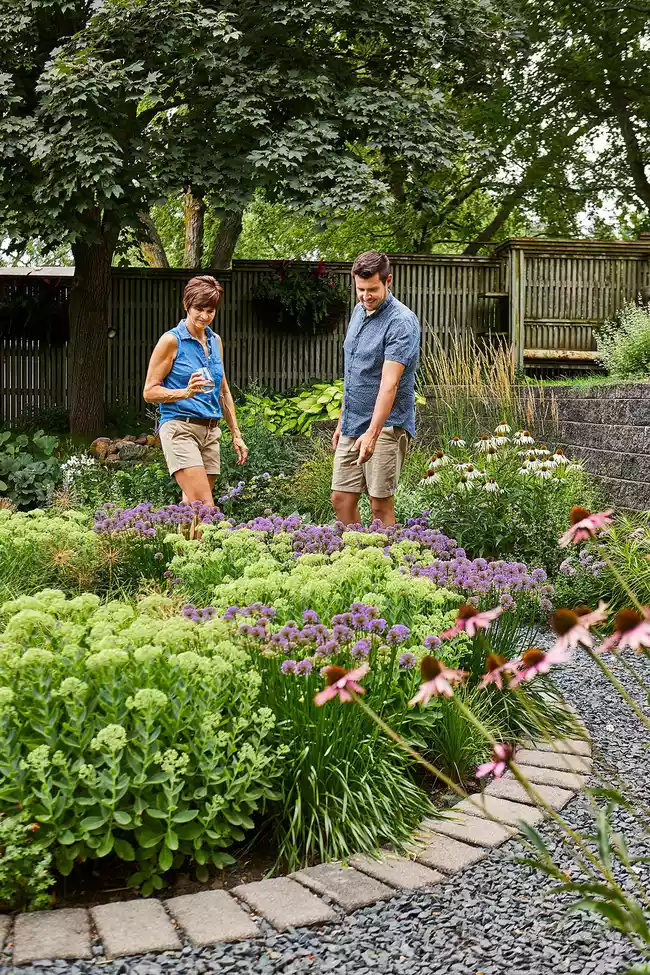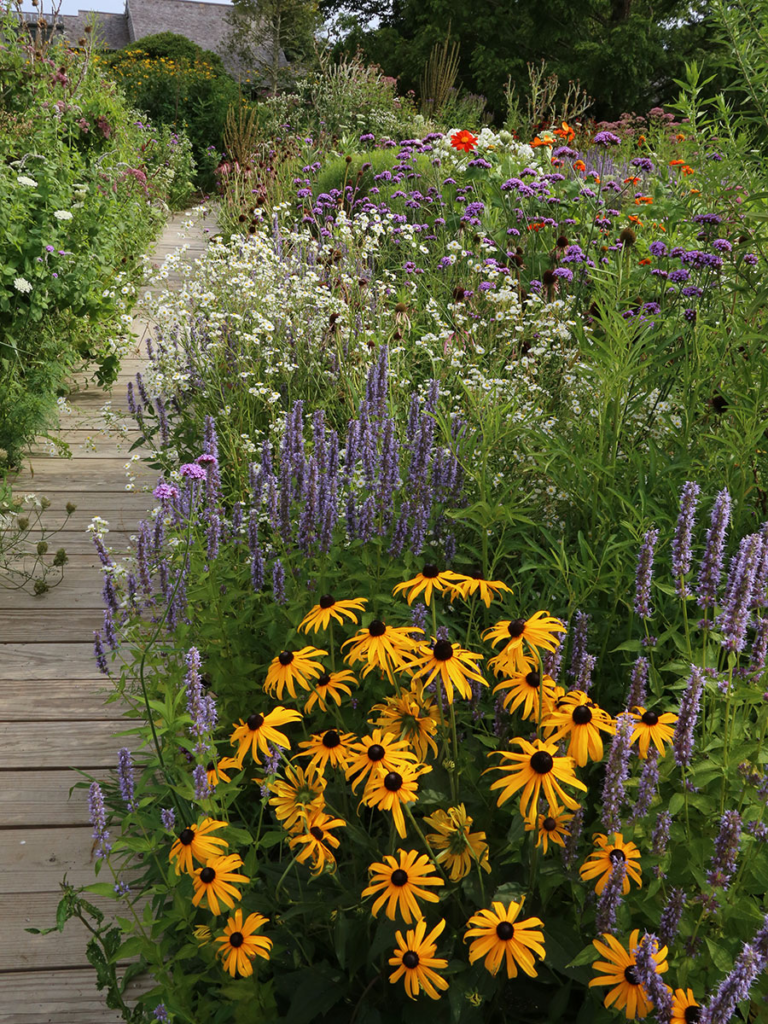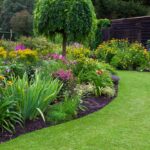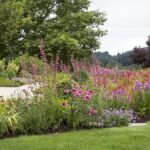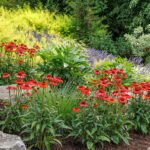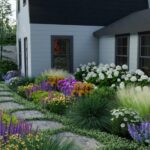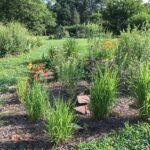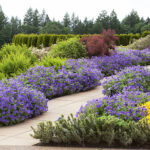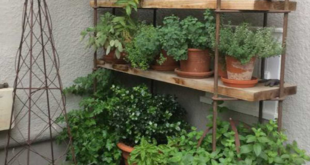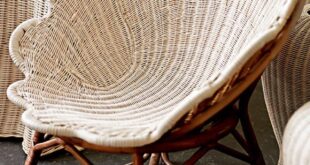Pollinator gardens are becoming increasingly popular as people recognize the importance of providing habitats for bees, butterflies, birds, and other pollinators. Designing a pollinator garden involves careful planning to ensure that the garden meets the needs of these important creatures while also creating a beautiful and functional space. Here are some tips for designing a successful pollinator garden.
One of the first steps in designing a pollinator garden is to choose a sunny location. Most pollinators prefer sunny areas with plenty of nectar-rich flowers for feeding. Select a spot in your yard that receives at least six hours of sunlight each day to ensure that your garden will attract a wide variety of pollinators.
Next, consider the types of plants you want to include in your garden. Pollinators are attracted to a wide range of flower shapes, sizes, and colors, so it’s important to choose a diverse mix of plants. Select a variety of flowering plants that bloom at different times throughout the growing season to provide a continuous source of food for pollinators.
When designing your pollinator garden, be sure to include a combination of native and non-native plants. Native plants are well adapted to your local climate and soil conditions, making them attractive to a wide range of pollinators. However, non-native plants can also provide valuable food sources for pollinators, so it’s a good idea to include a mix of both in your garden.
In addition to flowering plants, consider incorporating other features into your pollinator garden to provide shelter and nesting sites for pollinators. Rocks, logs, and native grasses can provide hiding spots for insects, while birdhouses and bee hotels can attract nesting bees and birds. Including a source of water, such as a birdbath or small pond, will also attract pollinators to your garden.
Finally, remember to avoid using pesticides in your pollinator garden. Pesticides can be harmful to pollinators and can disrupt the delicate balance of your garden ecosystem. Instead, opt for natural pest control methods, such as planting companion plants that repel pests or introducing beneficial insects like ladybugs and lacewings to your garden.
By following these tips for designing a pollinator garden, you can create a beautiful, vibrant space that attracts a wide variety of pollinators and helps support these important creatures in your local ecosystem. With a little planning and care, you can design a pollinator garden that is not only attractive but also beneficial to the environment.
 yishifashion Where Outdoor Dreams Become Reality
yishifashion Where Outdoor Dreams Become Reality
